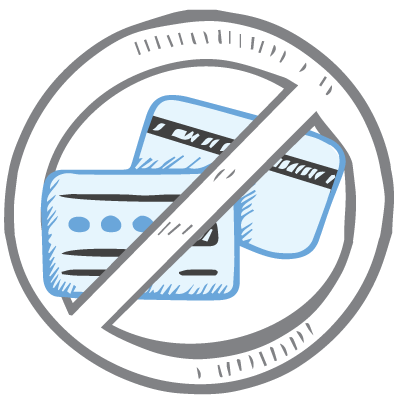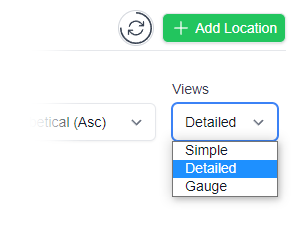- Home
- Shop
- Why Clever Logger
- User Guide
Online help pages
- FAQ
Frequently asked questions
Most popular articles
- News
- Login
The problem with the existing standards is that they simply say that you need to do something. The problems with this approach include:
It sounded like P1053 finally tackled these issues. P1053 was finally going to make the industry accountable.
Then I read the fine detail of P1053 and it looks like we jumped all the way to the mid-20th century.
Technology has moved on. Let’s get with the times.
“Records must be kept“.
What a vague concept, especially when it comes to temperature.
Does it mean that I can walk around and just write down the current temperature once a day? Twice a day? Once a week?
If it is too hot, can I just come back 10 minutes later? Or fake it?
Does it matter how accurate the thermometer is?
Can I use the reading from the fridge itself or does it have to be an independent sensor?
While P1053 started to address the requirement to measure and prove, it totally dipped out on specifying how success or failure was to be measured.
20 years ago the standards for vaccine storage had already clicked onto the ground breaking technology of a min/max thermometer. That’s how you guarantee that a fridge is always within the correct temperature range throughout the day.
This allowed them to do a twice daily check (before opening and at the end of the day) that would allow them to prove the vaccines were at the correct temperature for the entire day.
It was also a totally independent check of the fridge.
A min/max thermometer, however, will only tell you that there was a problem, and tell you how bad it got. It won’t tell you for how long, or when it started, or finished. That is critical information when you are trying to decide if you need to dispose of stock. It is also critical information in trying to work out the cause of a problem.
That’s where temperature loggers start to make a difference. By giving you a reading every 5 minutes, it is possible to pinpoint when a problem started, when it finished and how bad it got.
Or it gives you totally independent, reliable proof that a fridge or freezer has always been keeping PHF outside the danger zone.
For restaurants and cafes, the perfect solution is something that will notify them the moment their fridge or freezer starts to get too warm. This gives them a chance to fix the problem, move stock, or know that they have a problem.
Systems like Clever Logger do just that. It can send an email and phone notification as soon as a problem starts, and will continue to remind them until it is fixed.
When it comes to any aspect of food safety and HACCP, the fundamental goal is to be able to detect a problem as soon as possible and rectify it. Cloud based temperature logging solutions now make it possible to know the instant a problem starts.
Unfortunately too many restaurants and cafes are barely holding on. They don’t have any money to spare, and they are more concerned about today and tomorrow, then what their reputation will be in 6 months time. Temperature loggers aren’t a priority.
Pubs, clubs and many franchises are at the other extreme where they are pure businesses, and their reputation is everything. They also know the cost of manually checking the temperature and record keeping. Temperature loggers are of strong interest to them.
To me, the interesting group are the ones in between. These are the small restaurants and cafes that are wanting to offer an exceptional product to their customers and do so with “best practice” and profitability
The horse has bolted for the next 5 (LOL, 10!!!) years. Next time around my recommendation would be to specify:
Clever Logger is sold to government departments, public and private hospitals, and other large corporations. We understand that it’s often not possible to purchase with a credit card on a web site.
Call us on 1300 80 88 89 or send an email to [email protected] and we’ll send you a written quote. We are happy to send out most orders on receipt of a verified purchase order.


All prices are in Australian dollars and include GST

KEEP BATTERIES OUT OF REACH OF CHILDREN
Clever Logger loggers are intended for commercial use only. They contain small batteries. Swallowing can lead to chemical burns, perforation of soft tissue, and death. Severe burns can occur within 2 hours of ingestion. Seek medical attention immediately.
To prove it, we’ll send you a Starter Kit to try out for a whole month.
Set it up, have a play, explore the features – obligation free.
If you love it, just let us know.
If not, just send it back.

The National Association of Testing Authorities (NATA) is the recognised national accreditation authority for analytical laboratories and testing service providers in Australia. It is an independent, not-for-profit organisation that provides independent assurance of technical competence.
NATA accredits organisations to perform testing and inspection activities for their products and services. This gives consumers the assurance they need to make safe, healthy and reliable choices .
In the top right corner of the Location page, you will find the View chooser.
There are three options: Simple, Detailed and Gauge.
